Retinol Creams: Tips for Beginners
Welcome to our comprehensive guide on retinol creams, a must-read for beginners embarking on their retinol journey. In this blog, we will dive deep into what retinol is, its benefits, how to start using it, and essential tips to maximize its effectiveness while minimizing potential side effects.
What is Retinol?

Retinol, a derivative of Vitamin A, is a powerhouse ingredient in the realm of skincare. It's known for its remarkable ability to stimulate skin cell turnover, enhance collagen production, and reduce the appearance of fine lines, wrinkles, and hyperpigmentation. Retinol works by penetrating deep into the skin to accelerate cell renewal, revealing fresher, smoother, and more youthful-looking skin over time.
Benefits of Retinol Creams

The allure of retinol lies in its multifaceted benefits:
- Reduces Signs of Aging: Retinol is revered for its anti-aging properties. It diminishes fine lines, wrinkles, and boosts skin elasticity.
- Improves Skin Texture: Regular use of retinol can lead to smoother, more even-textured skin.
- Fights Acne: Its ability to unclog pores makes it effective in treating acne and reducing future breakouts.
- Evens Skin Tone: Retinol can help fade dark spots and hyperpigmentation, leading to a more even complexion.
Starting with Retinol: A Beginner’s Guide

For those new to retinol, it's important to start slowly to allow your skin to adjust. Here are some key pointers:
Choose the Right Concentration
- Start with a lower concentration (around 0.2% to 0.5%) and gradually increase as your skin builds tolerance.
Incorporate Gradually
- Begin by applying retinol cream once or twice a week, gradually increasing the frequency to every other night as tolerated.
Apply Correctly
- After cleansing and drying your skin, apply a pea-sized amount of retinol cream to your face, avoiding the eye area.
- Wait for about 20 minutes before applying moisturizer to allow the retinol to absorb properly.
Combining Retinol with Other Skincare Products
Mixing retinol with other skincare products requires careful consideration:
Moisturize Adequately
- Use a hydrating, non-comedogenic moisturizer to help combat dryness that can occur with retinol use.
Be Cautious with Other Active Ingredients
- Avoid using retinol with other potent actives like benzoyl peroxide, vitamin C, or AHA/BHAs to prevent irritation.
Use Sunscreen Religiously
- Retinol can make your skin more sensitive to the sun. Daily use of a broad-spectrum SPF 30 or higher is non-negotiable.
Managing Side Effects
While retinol is generally safe, it can cause side effects, especially during the initial phase. These include redness, peeling, and dryness. To manage these:
- Scale Back: If irritation occurs, reduce the frequency of application.
- Hydrate and Soothe: Use gentle, hydrating skincare products to soothe irritated skin.
- Be Patient: Most side effects are temporary. Give your skin time to adjust.
When to Expect Results
Patience is key with retinol. Initial improvements may be seen in a few weeks, but more significant changes usually take several months. Consistent use is crucial for optimal results.
Conclusion
Retinol creams can be a game-changer in your skincare routine. Starting slow, being consistent, and paying close attention to your skin's reactions are the cornerstones of a successful retinol journey. With the right approach, you can unveil healthier, more radiant skin.


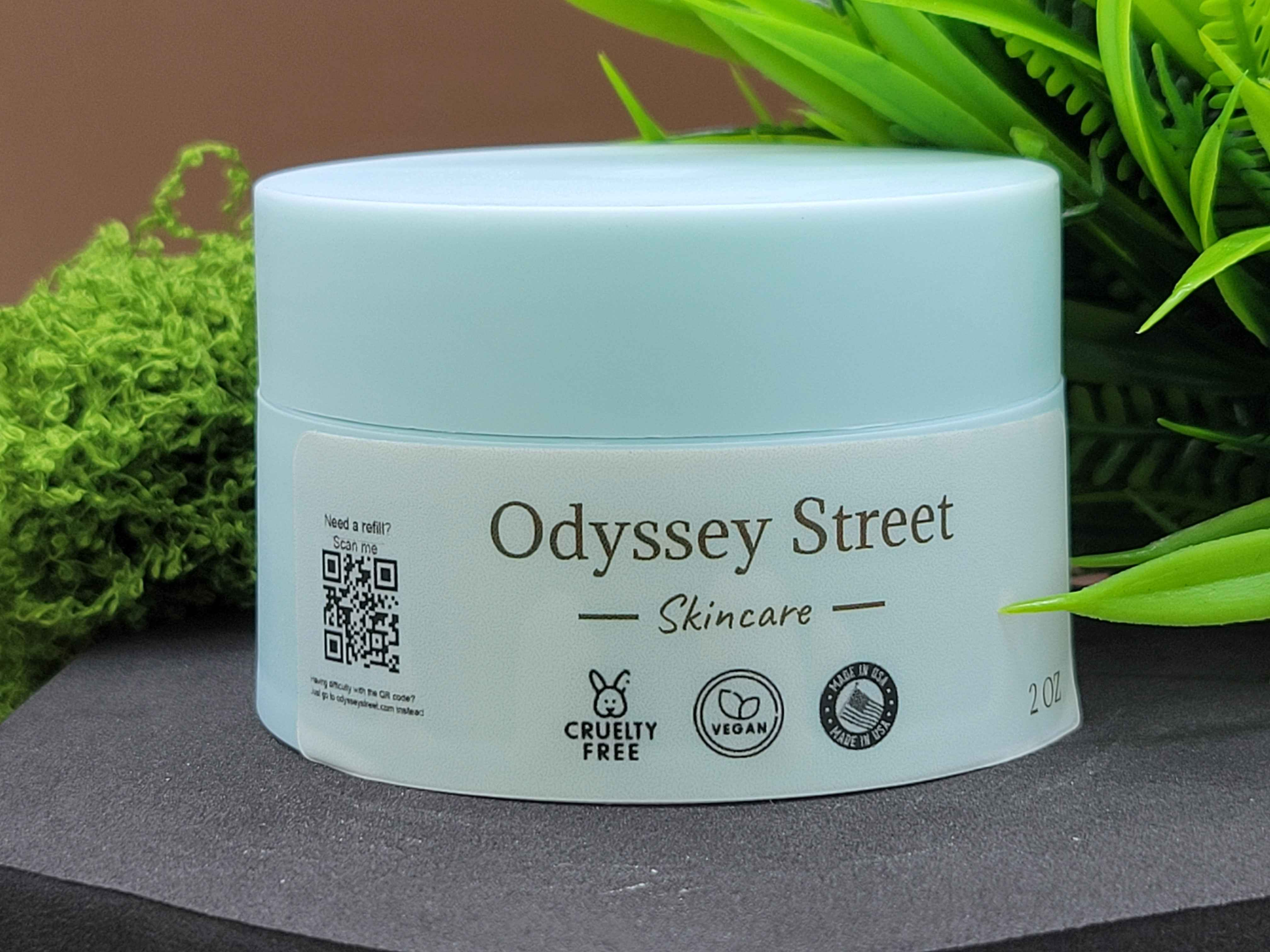
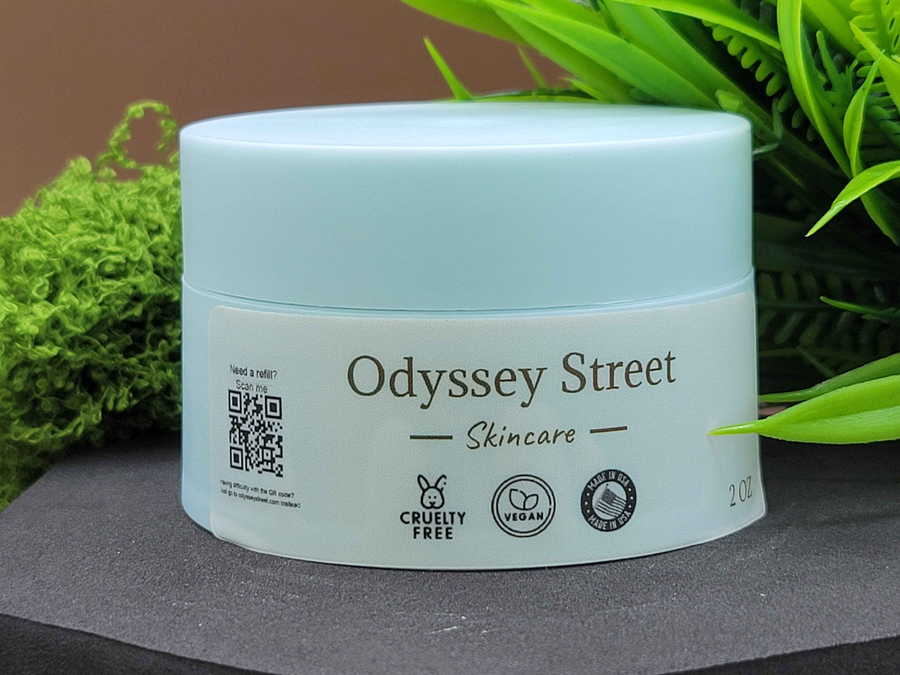
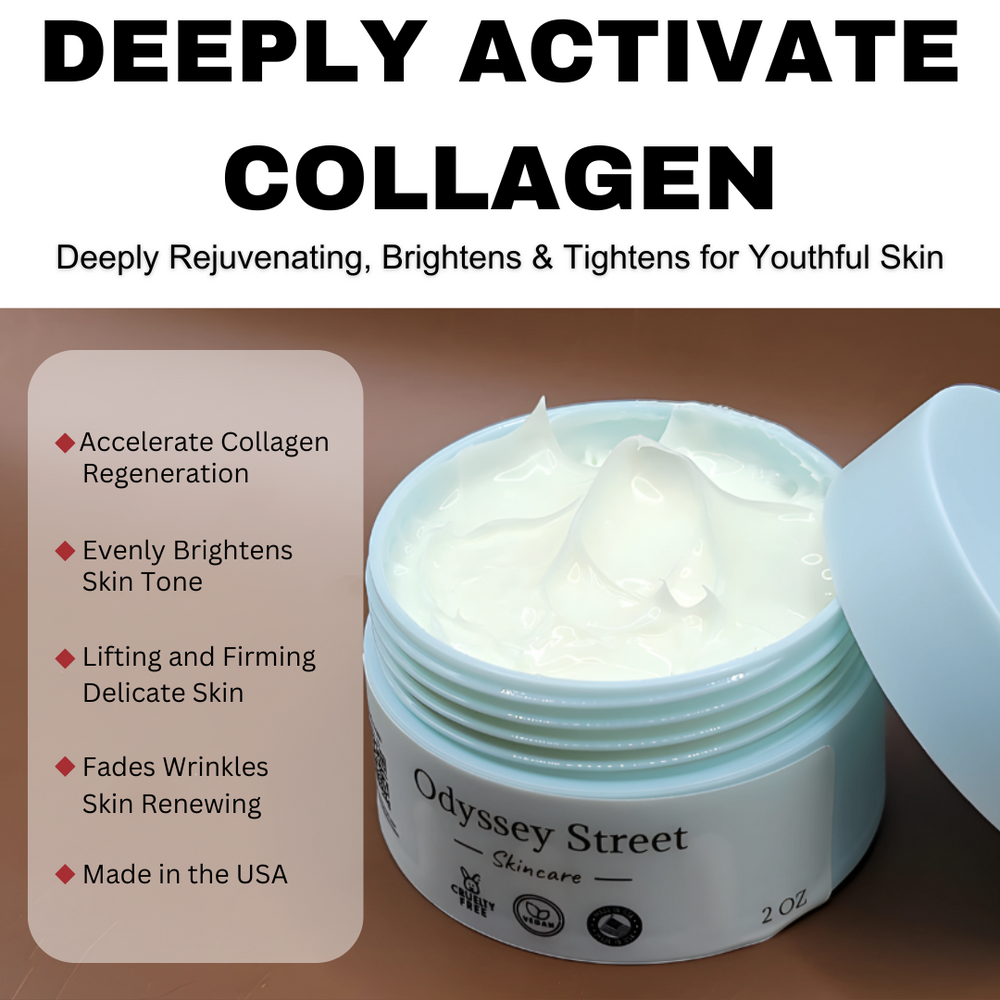




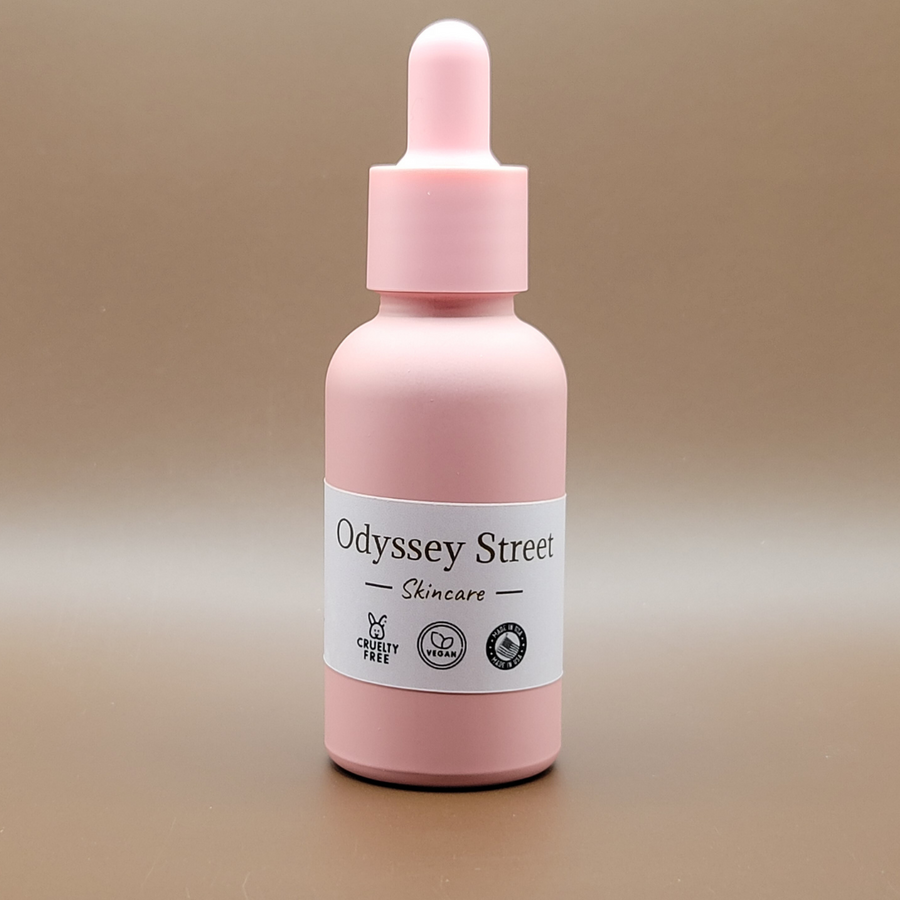
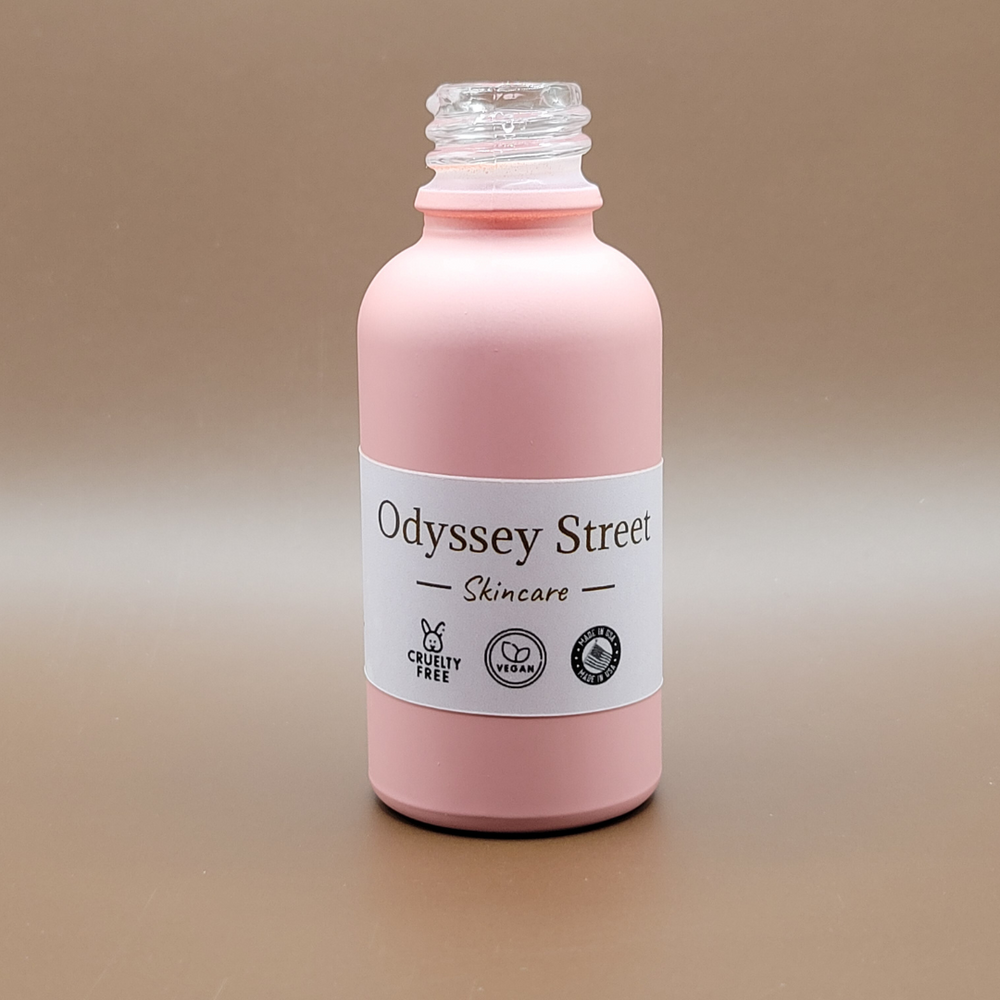
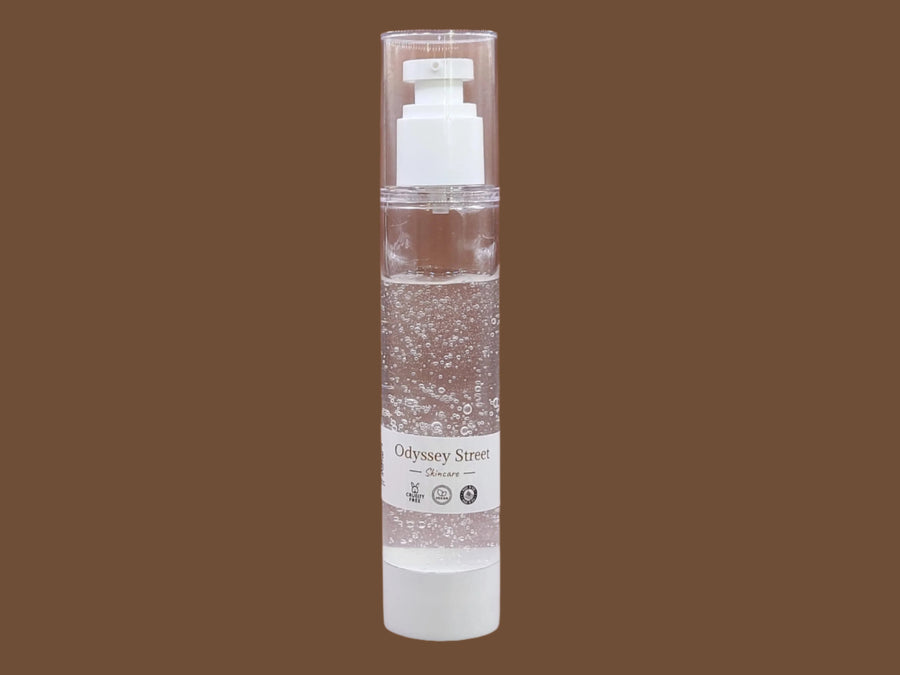
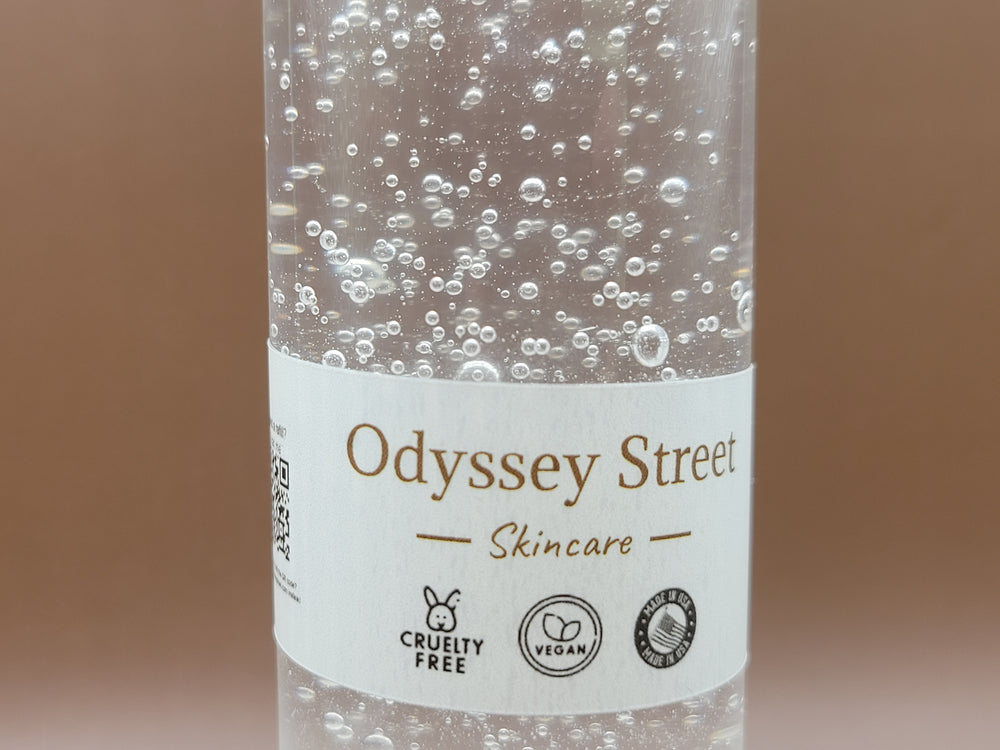

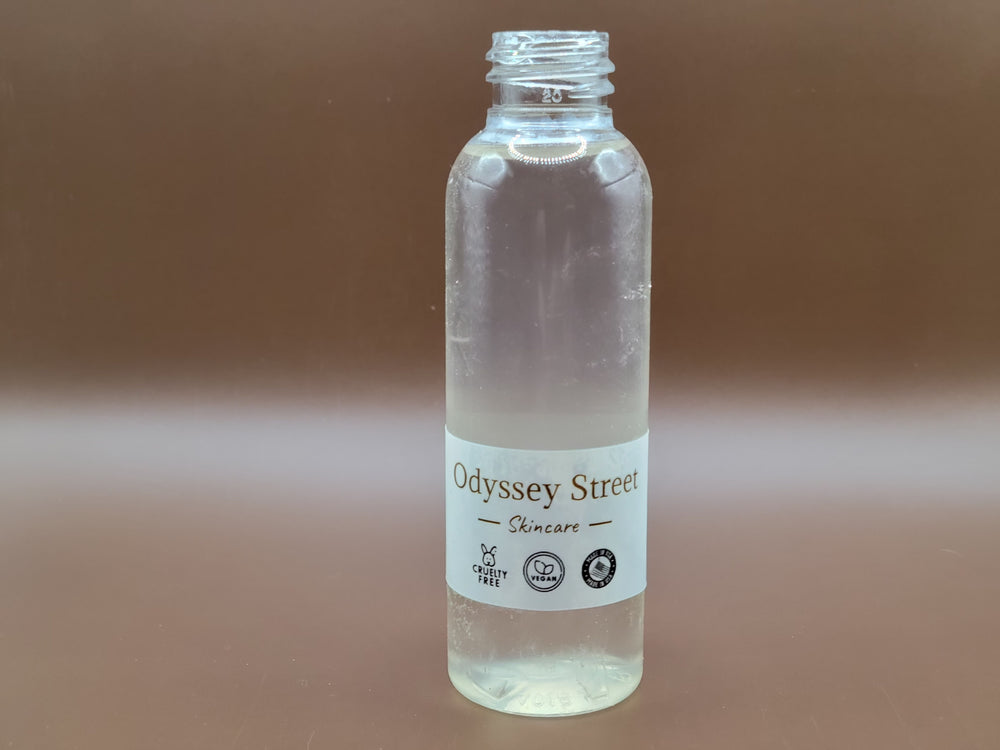
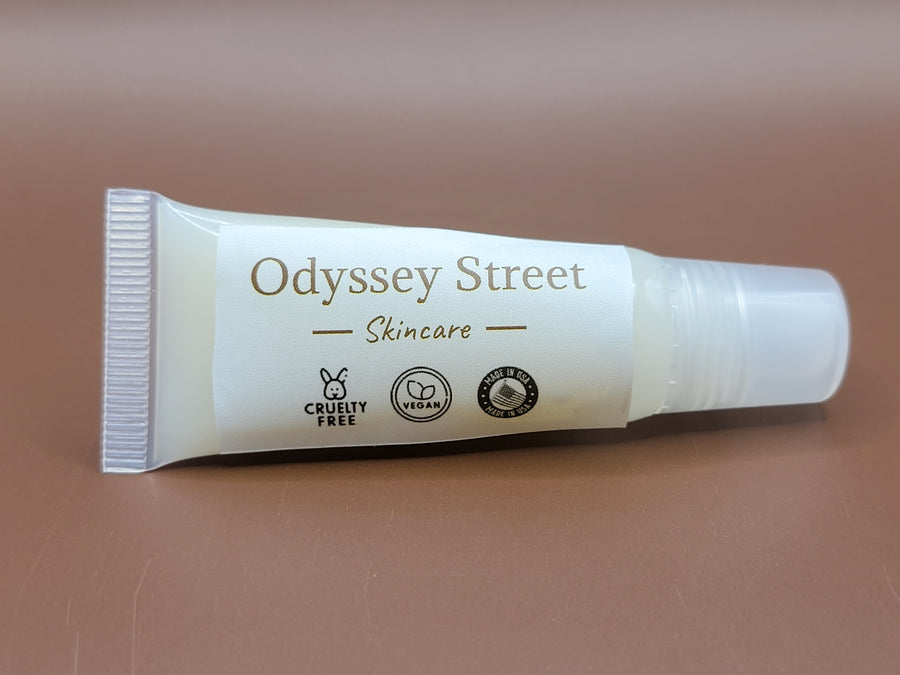
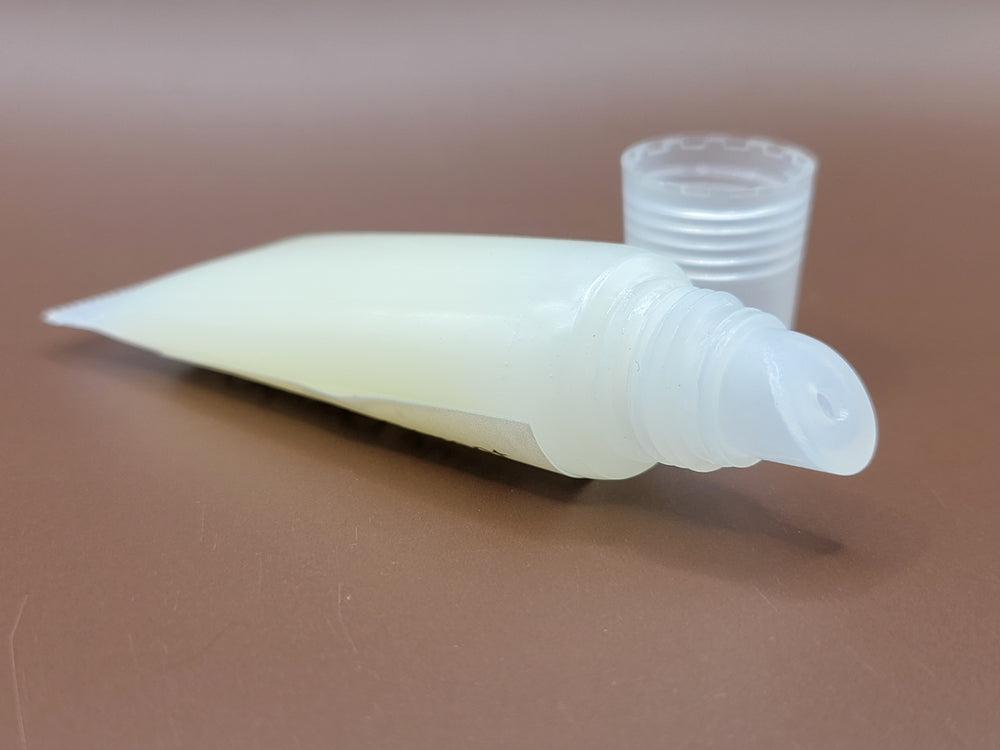
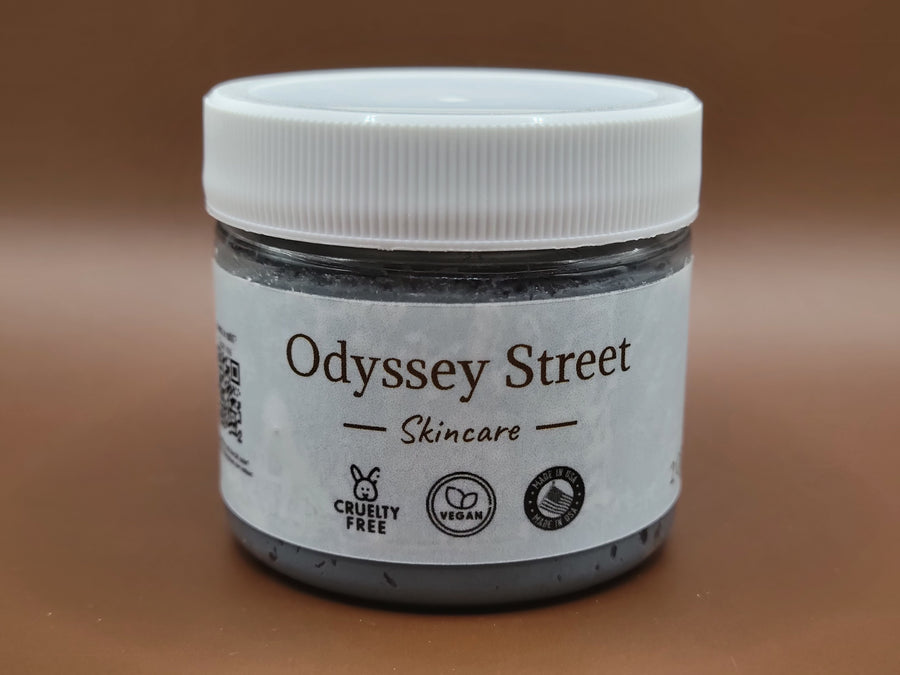
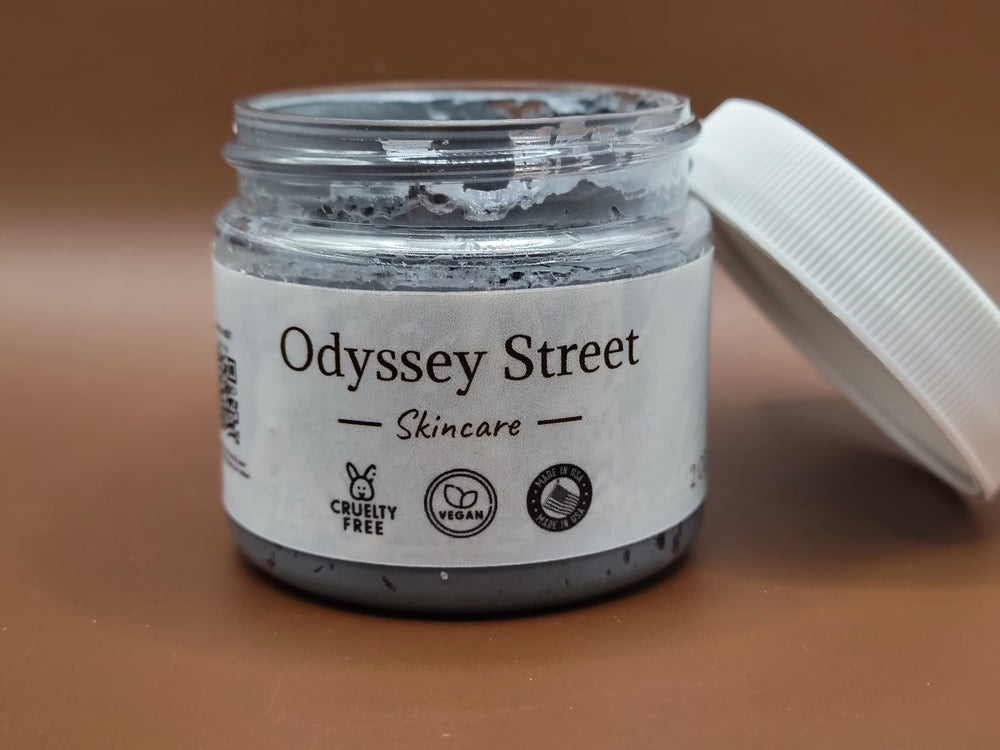
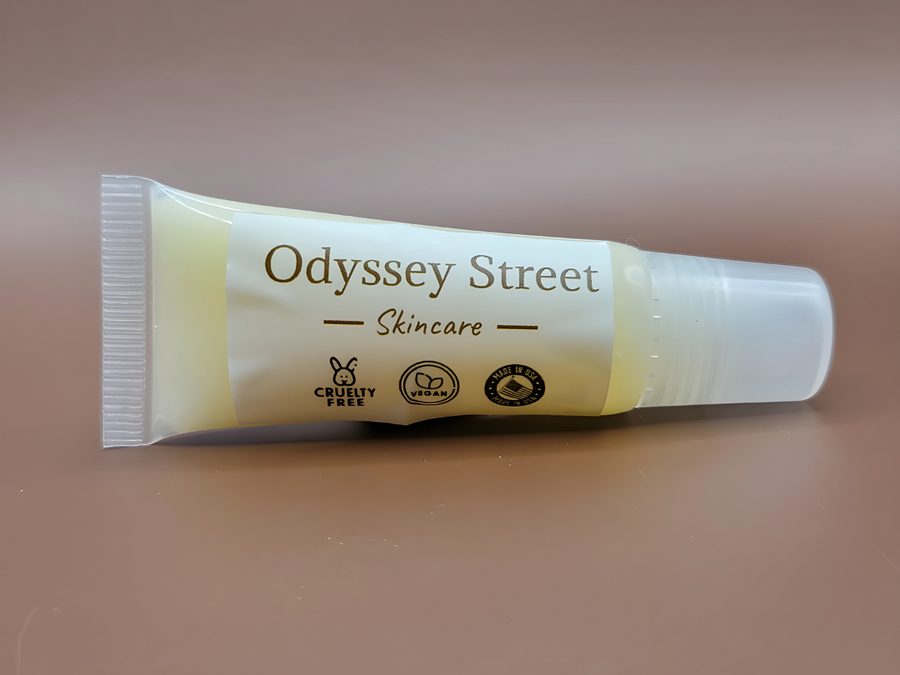
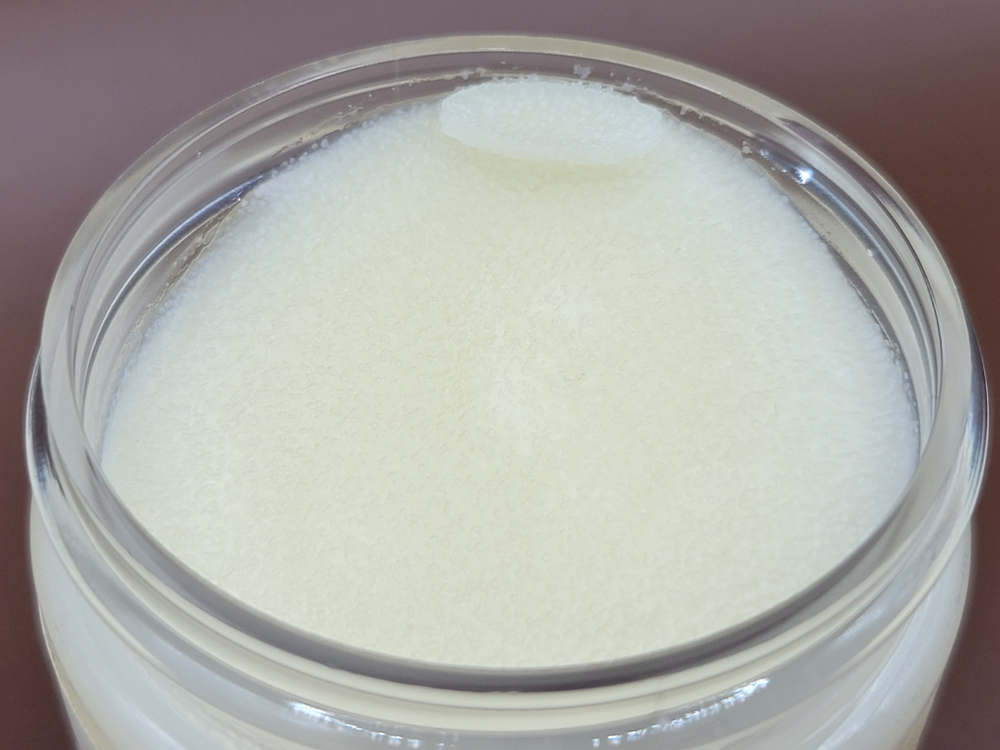
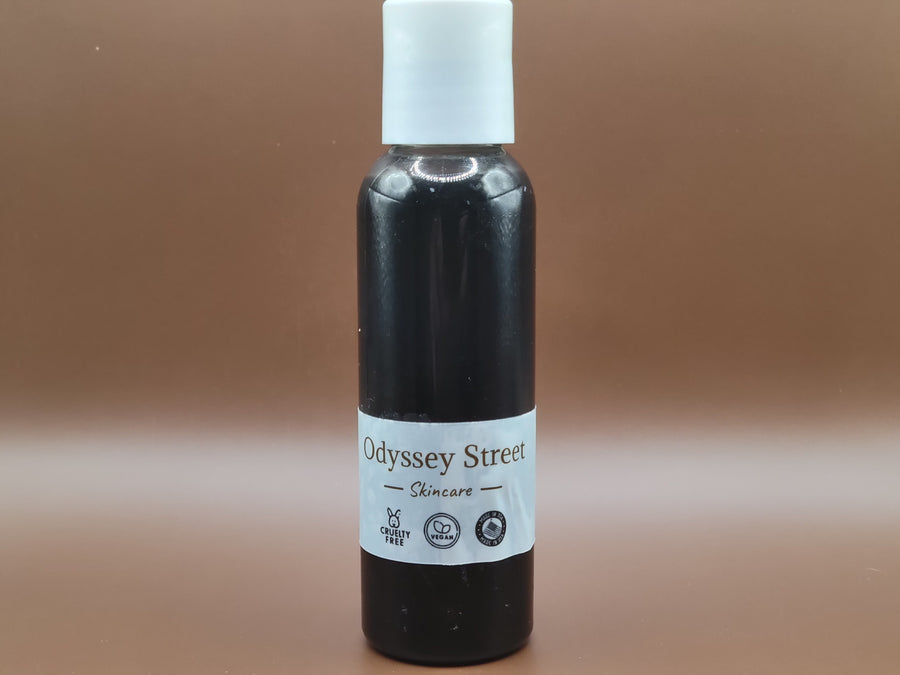
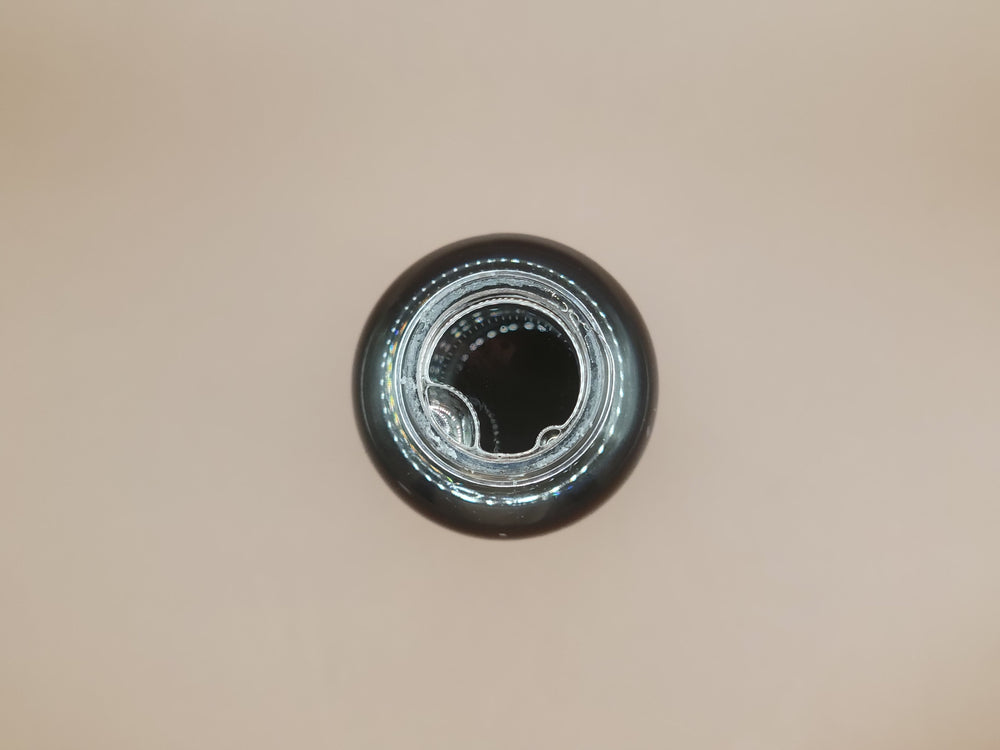
Leave a comment